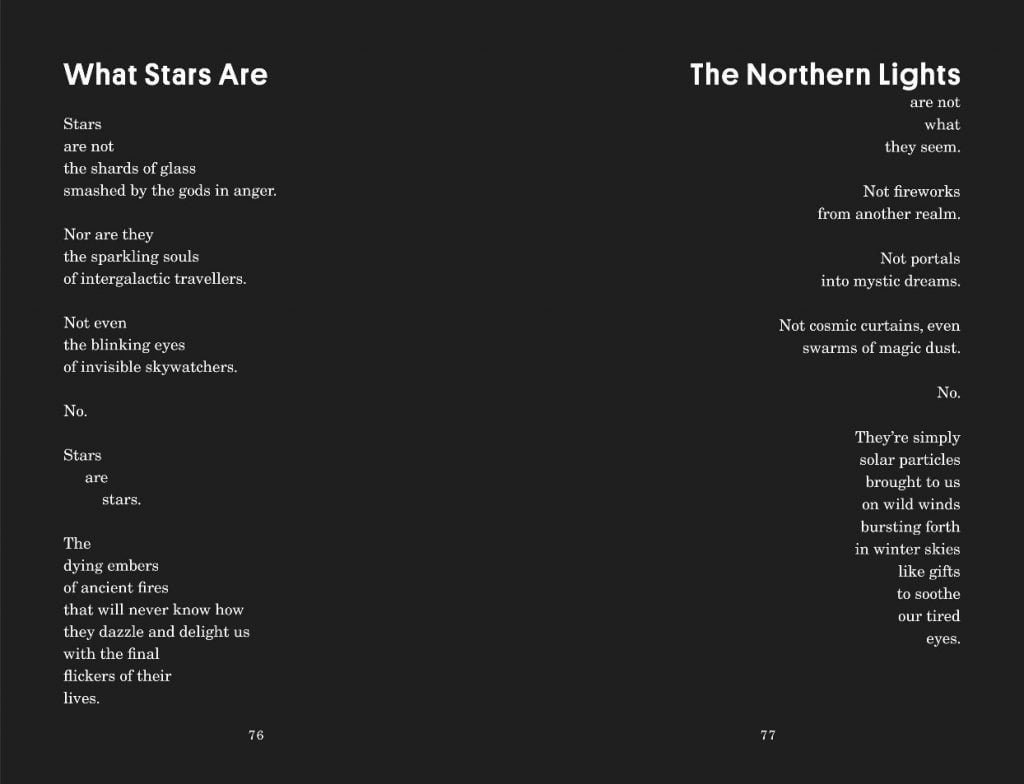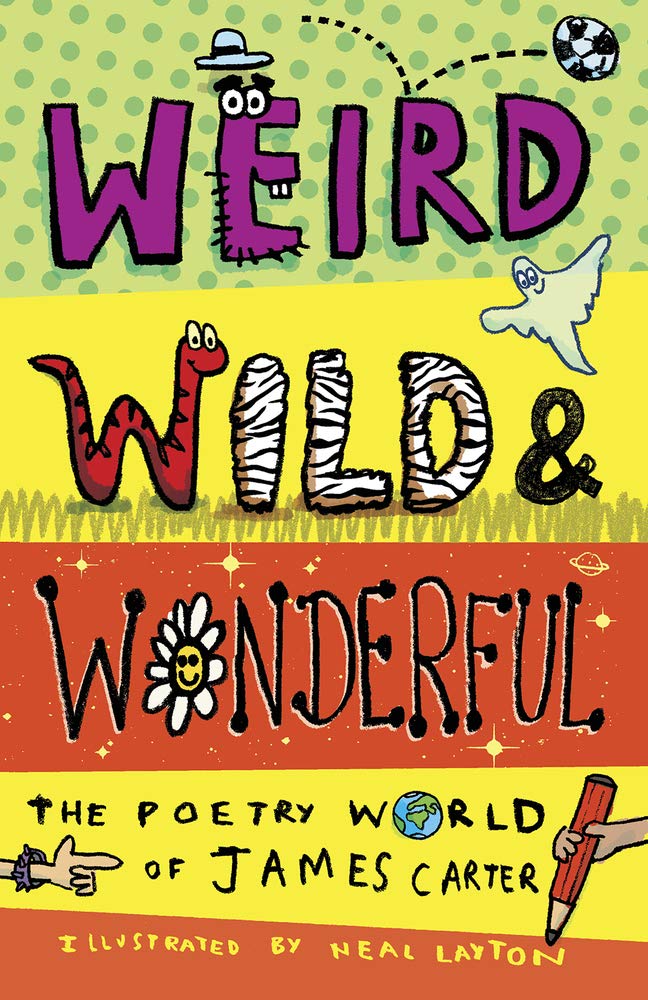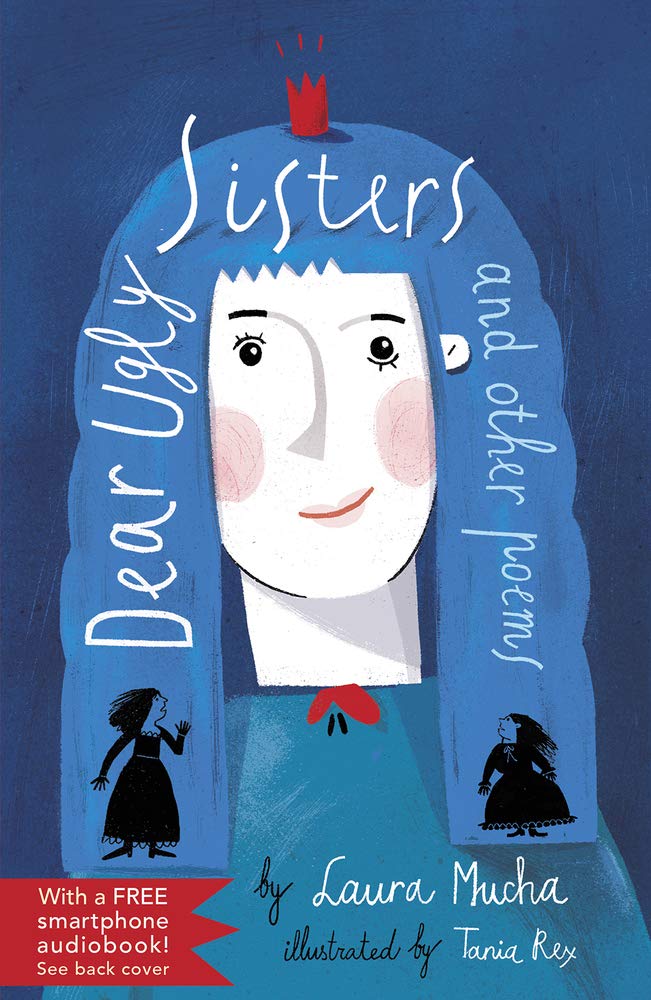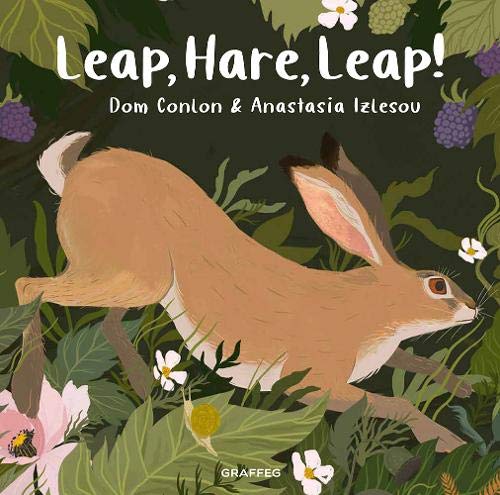James Carter’s collection of poems ‘Zim Zam Zoom!’ was shortlisted for the CLiPPA 2017 and today he joins Ian Eagleton in The Reading Realm to talk about his new collection of poems ‘Weird, Wild and Wonderful’…

Without giving too much away, can you tell us about your latest poetry collection ‘Weird, Wild and Wonderful’?
It’s a collection spanning 25 years of writing poems for older children, aged 7-11.
The book is divided into 3 sections – ‘Weird’ (daft, quirky poems), ‘Wild’ (animal and nature poems) and ‘Wonderful’ (quieter, more thoughtful poems on science, space, all kinds). I tried to put in as many different forms and voices and subject matters as I could. I always do, with every book for 7-11s. I want to surprise my readers so that they don’t know what kind of poem will come next!

There are so many different types of poems in the collection from haikus to shape poems! How do you decide on the type of poem to use and do you have a favourite type of poem?
Because I don’t write fiction (no interest in writing it, but love reading it!), I try and explore all the many things that poetry can be. I’ve even written a series of science-based non-fiction texts for 4-8s in rhyming verse – and that’s a very different discipline, turning research information into a rhyming narrative – hard work, but great fun. At any one time I may be writing say a rhyming poem, a cinquain, a kenning and a riddle poem. There’s always a few things to tinker with. I have what I call a ‘butterfly brain’ – it seems to work best when flitting from one thing to another!
As I always say, I love words and poems for me are the most fun you can have with words on a page. Right now, I’d say my favourite form to write is free verse. It’s a quieter form, less repetition, it’s more subtle, less sing-songy, but a great medium for exploring and expressing memories, for writing about the natural world and also getting a tad philosophical. I often choose to weave rhyme in and out of free verse, and this can literally takes many months of tweaking/weaving. But for me, it’s All About The Craft, and I expect to work on a poem for months. I’ve just finished a poem for younger readers that has taken 19 years on and off! What’s the rush? (I finished a piece of instrumental guitar music last year – that took 32 years..) Child readers are surely the most important readers and they deserve the very best we can give them. No pressure, then…
I usually find I that I choose the form of poem as soon I get the idea and start writing the first few words. But not always. And it can change. I can even scrap a poem as I get stuck or not know what to do with it, but then I may bring it back as something different – the angel poem in the book was like that – a long free verse piece that was cut down to a short shape poem. I’ve learnt to be patient, and the best editor is time. Helps you see things more clearly and objectively.
‘Electric Guitars’ was originally a straight ranty rhyming poem, but then I saw a ‘cello-shaped poem and thought, ‘hey…I could try a guitar shape for this..’. As I began the poem ‘What Did You Do At School Today?’ I knew that it was a simple conversation poem. And I can go through phases. A few years’ back I loved doing mid-line acrostics, where the title appears as emboldened letters down the middle of the poem – ‘It’s Kindness’ and ‘That’s Poetry’ are two of these. And because I love writing lists, I find myself doing list poems – but I try to stop myself sometimes, as I can do too many of these! I love trying new things – but the great thing about writing for children is that it is All About The Reader – I can’t get too experimental or indulgent or clever-clever. (If you want to do that, you’re an adult poet!) A children’s poem needs a direct communication with its reader – and is there to enlighten/entertain/arouse curiosity/amuse that reader – or something…!

Some of the poems are written as a senryu, which I’d never heard of before! Can you tell us a bit about them and how they’re similar and different to a haiku?
Ah – these are the ten mini fairy tale poems! When I interviewed Japanese illustrator/picture book maker Satoshi Kitamura back in 2003, I bravely showed him some of my haiku. Satoshi told me that most of them were actually ‘senryu’! A haiku is a 3-line 5-7-5 syllable poem that focusses on the natural world. A senryu is exactly the same, but is satirical, comical, set in the human world. Whole Japanese magazines can be dedicated to senryu, apparently. I’ve been writing these fairy tale senryu over the last 12 years, and they’re great fun to write. I just take a few details or a tiny event from a fairy tale. And I often read them out as riddles in schools, and I let the audience guess which fairy tales they are. The one below is my favourite. And I like making these senryu rhyme as it makes them more cheeky…
She’s poshed up in bling.
Grooving with the future king.
Slipper fits. Kerrching!
I was immediately drawn to two poems ‘What Stars Are’ and ‘The Northern Lights’ – I thought they were beautiful and lyrical. Do you have a favourite poem in the collection? Is it even possible to choose a favourite?
Thank you so much! I wrote those two poems together. I was going to scrap one, but then I thought they could be sister poems. An early poem of mine was ‘The Dark’ (written as a response to my daughter saying ‘Daddy. I don’t like the dark..’). And when the National Poetry Day theme a few years back was ‘Light’ – I thought I’d write a sister poem to go alongside ‘The Dark’. But whereas ‘The Dark’ is upbeat and cheeky in places, I wanted ‘The Light’ to be more mystical. In answer to your question, these poems are all, in a sense, my favourites of the last 25 years. But I’d possibly pick ‘She Watches The World’, my most recent wolf poem. I absolutely adore wolves, and I find them slinking into my poems quite a bit. I like writing about the non-human world. I notice that a lot of other children’s poets write more about people and emotions, and I find myself writing about those themes too occasionally, but I’m more preoccupied with animals, nature, space, science, the outside real world – those kinds of things intrigue me more. I actually feel like I’m a non-fiction writer that just happens to write poetry.

There are some fantastic shape poems in the collection, like ‘Electric Guitars’ and ‘Lullaby for a Woolly Mammoth’. I’ve always thought of shape poems as being quite simple to create but I’d imagine they’re actually quite complex! What makes a good shape poem and what are the challenges when creating when?
Hey – thank you again! I have three very simple rules for shape poems. One – it has to hopefully be a good poem in its own right, and work even if it wasn’t in a shape. Two – it HAS to be easy to read. Three – it can’t rely on an illustration to make it a shape or it’s cheating! I want it to be self-sufficient – and I use both words and punctuation to make the shape – anything I can find on the keyboard! The shape of the ‘Electric Guitars’ poem took time but was quite straightforward to do. I learnt that it helps to put the cursor in the middle and use short/longer lines to make the shape. The woolly mammoth poem was tricky, but hopefully it looks okay.. If I’m ever asked to do shape poems with a class in a school, I N E V E R E V E R start with the shape. We always start with a poem. The words have to be the best they can be. And only then do we move on to a shape. Tough love!
The illustrations by Neal Layton are fabulous! What do you feel they add to the collection?
Everything. And more. I so love Neal’s work. His book Bartholomew and the Bear and his book with John Hegley, Stanley’s Stick are both in my Top 10 picture books. When my editor, Janetta, asked me who I had in mind to illustrate Weird Wild & Wonderful, I cheekily suggested Neal, thinking that no way would she agree – but she did. And he did! Neal has a lovely, anarchic playfulness and a quirky sense of mischief. But he can also do the opposite, and bring a stillness and a gorgeous atmosphere. There is nothing better than when an illustrator really gets the mood/tone of your words and matches that visually. Neal does this so well. And what a great cover too. One v happy poet!
What other children’s poetry books have you read and enjoyed recently?
Honesty time. I don’t read a great deal of children’s poetry nowadays. I used to. If you bake chocolate biscuits all day every day, year in year out, you want to eat something different in your breaks. Moreover, I want my work to be as original as possible, so I read other and very different things to inspire and nourish me – mainly adult novels, non-fiction and of course, poetry. But I’ve just read and really enjoyed Laura Mucha’s Dear Ugly Sisters. It’s fantastic. As is Dom Conlon’s verse picture book, Leap, Hare, Leap! An absolute gem.
What are your three top tips for teachers with regards to poetry?
I often get asked by teachers ‘how do I teach poetry?’ So I cheekily say ‘Don’t!’ What I mean is ‘don’t teach it, just do it! Children l o v e poetry and don’t need much persuading. Tip One. Read a poem to them every morning. Something short ‘n snappy. Get them to choose poems and read them too. Quiet ones, funny ones, all kinds. Trust me, this will make a M A S S I V E difference. Many teachers have told me so. Tip Two. Put up a poetry display by the door that children can see whenever they leave the room. Have haiku, shape poems, narrative poems, the children’s own poems. Change it every few weeks. The more poems children read, the better their literacy skills across the board will be. FACT! Tip Three. Play some instrumental music (try Brian Eno at YouTube) and let children write. Just write. Anything they want. And give them quality time to do this – and just for fun/the experience, so the writing is not marked/critiqued, it’s simply written for the joy and indulgence of writing!
Poems do something other literary forms can’t – and are good for everyone – for our mental health – as they are little word-places where we can explore our thoughts, feelings, emotions, reflect upon our lives – but they also help us to intellectualise, to make sense of and process the world at large. We need children to love and take ownership of words, and poetry has been proven to make significant in roads with this. Hey, teachers! What not to like…?
Finally, can you describe ‘Weird, Wild and Wonderful’ in three words?
W o n d e r f u l ? ! ? ! ?
W I L D !
W e i r d …




